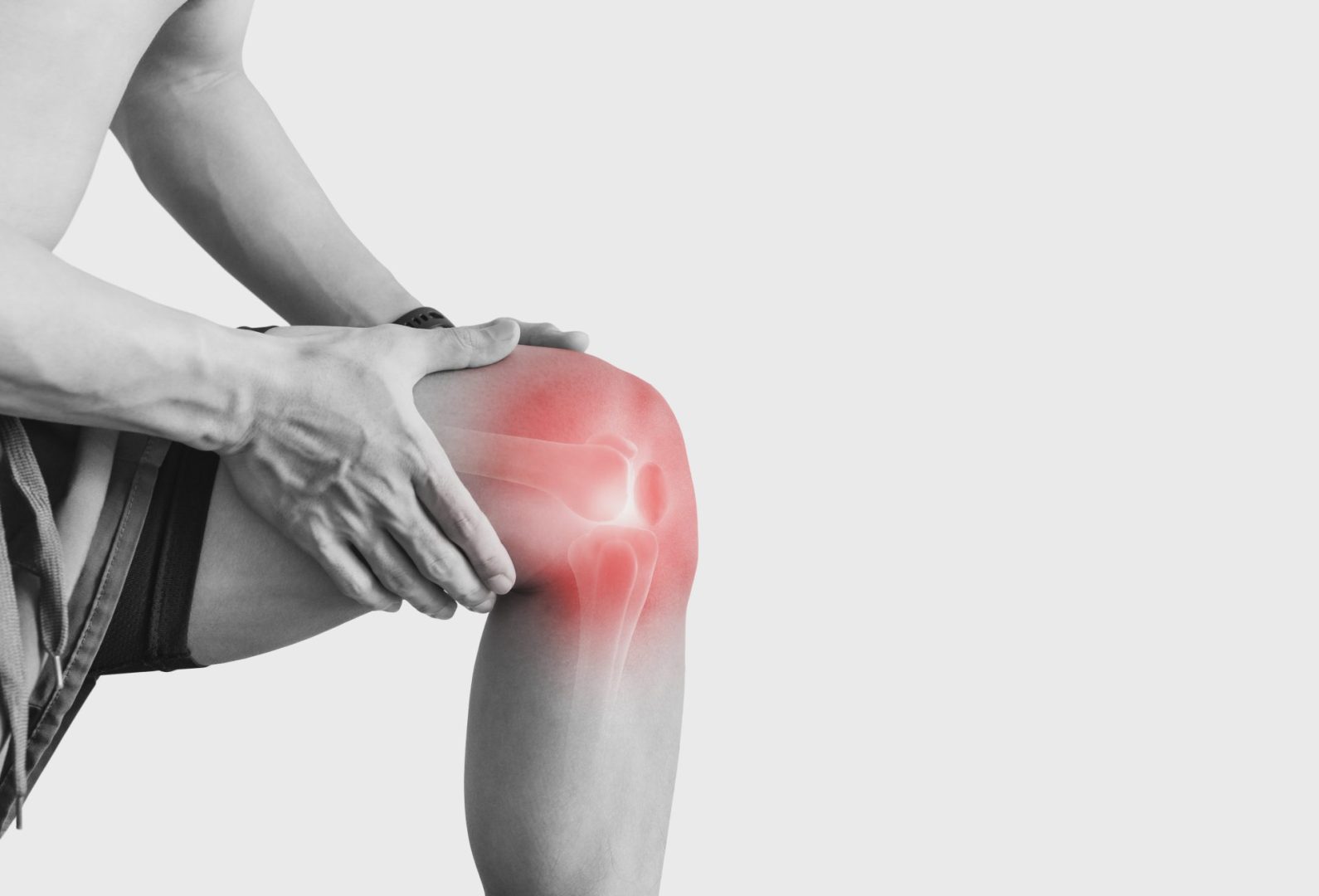The human body operates like a finely tuned orchestra, with each system playing its part in perfect harmony. However, sometimes this delicate balance breaks down in ways that can leave people struggling with chronic pain and mobility issues. When the immune system mistakenly identifies healthy joint tissue as a threat, the consequences can be life-altering.
This phenomenon affects millions of Americans, creating a complex web of symptoms that go far beyond simple aches and pains. The immune system, designed to protect the body from harmful invaders, begins launching attacks against the very structures that allow us to move, bend, and navigate through daily life.
What happens when immunity goes wrong
The immune system functions as the body’s security force, constantly patrolling for foreign substances that might cause harm. Under normal circumstances, this system can distinguish between healthy tissue and potential threats. However, in certain conditions, this recognition system malfunctions dramatically.
When immune cells begin targeting joint components, they initiate a cascade of inflammatory responses. These responses cause swelling, heat, pain, and eventual damage to cartilage, bones, and surrounding tissues. The process often develops gradually, making early detection challenging for many people.
The inflammatory response triggers the release of various chemicals that were meant to fight infections. Instead, these substances attack healthy joint structures, breaking down cartilage and weakening the supportive tissues that keep joints functioning smoothly.
The magnificent seven autoimmune joint conditions
Understanding the different ways the immune system can target joints helps explain why symptoms vary so dramatically between individuals. Each condition has its own pattern of attack, preferred targets, and timeline for development.
1. Rheumatoid arthritis
This condition represents one of the most common forms of autoimmune joint disease. The immune system primarily targets the synovium, the thin membrane that lines joint spaces. As inflammation progresses, the synovium thickens and begins producing substances that break down cartilage and bone.
The pattern typically affects joints symmetrically, meaning both sides of the body experience similar symptoms. Small joints in the hands and feet often show the first signs, though the condition can spread to larger joints over time. Morning stiffness lasting more than an hour serves as a hallmark symptom.
Beyond joint involvement, this condition can affect other body systems, including the heart, lungs, and blood vessels. The systemic nature means people often experience fatigue, low-grade fever, and a general feeling of unwellness that extends beyond joint pain.
2. Psoriatic arthritis
This form develops in connection with the skin condition psoriasis, though joint symptoms can appear before any visible skin changes. The immune system attacks both skin cells and joint tissues, creating a dual burden for those affected.
Unlike other autoimmune joint conditions, this form often affects joints asymmetrically. It commonly targets the spine, fingers, and toes, sometimes causing dramatic swelling that gives digits a sausage-like appearance. The condition can affect any joint in the body, making prediction difficult.
Nail changes frequently accompany this condition, with pitting, ridging, and separation from the nail bed serving as additional indicators. The combination of skin, nail, and joint involvement makes this condition particularly visible to others.
3. Ankylosing spondylitis
The spine serves as the primary target for this autoimmune condition. The immune system attacks the joints and ligaments of the spine, eventually causing vertebrae to fuse together. This fusion process can severely limit flexibility and mobility.
Early symptoms often include lower back pain and stiffness that improves with movement and worsens with rest. The pain typically develops gradually and may be dismissed as ordinary back problems. However, the persistent nature and specific pattern help distinguish it from mechanical back pain.
As the condition progresses, the spine may develop a forward curvature, and breathing can become restricted if the ribs become involved. The fusion process, while limiting movement, can actually reduce pain in some people as the inflammatory process calms down.
4. Lupus arthritis
Systemic lupus erythematosus can affect virtually any organ system, including the joints. When lupus targets joint tissues, it typically causes pain and swelling without the severe joint destruction seen in other autoimmune conditions.
The joint involvement in lupus tends to be symmetrical and often affects the hands, wrists, and knees. Unlike some other forms, lupus arthritis rarely causes permanent joint deformity, though it can be quite painful during flare periods.
Lupus symptoms often come and go in cycles, with periods of relative calm followed by intense flares. During active periods, joint pain may be accompanied by skin rashes, kidney problems, and extreme fatigue that can be debilitating.
5. Reactive arthritis
This condition develops as an immune response to infections in other parts of the body, typically the intestines or urinary tract. The immune system, while fighting the original infection, begins attacking joint tissues through a case of mistaken identity.
The condition often affects large joints in the legs, including the knees, ankles, and feet. It can also cause inflammation in the eyes, urinary tract, and skin. The combination of joint pain with these other symptoms helps identify the condition.
Most cases resolve within several months, though some people develop chronic symptoms that persist for years. The initial infection may be so mild that it goes unnoticed, making the connection between the original illness and joint symptoms difficult to establish.
6. Juvenile idiopathic arthritis
When autoimmune joint disease develops in children, it presents unique challenges and considerations. The condition can begin as early as infancy and affects not only joint health but also growth and development.
Several subtypes exist, each with different patterns of joint involvement and additional symptoms. Some forms affect only a few joints, while others involve many joints throughout the body. Eye inflammation can occur without symptoms, making regular screening essential.
The impact on growing children extends beyond physical symptoms. The condition can affect school attendance, participation in activities, and social development. Early intervention becomes crucial for maintaining normal growth and preventing long-term complications.
7. Sjogren’s syndrome
While primarily known for causing dry eyes and mouth, this autoimmune condition can also target joint tissues. The immune system attacks moisture-producing glands as well as joint structures, creating a complex array of symptoms.
Joint pain and stiffness in Sjogren’s syndrome often resemble those seen in rheumatoid arthritis. The hands, wrists, and knees commonly become affected, though the joint damage tends to be less severe than in other autoimmune conditions.
The dryness symptoms can significantly impact quality of life, affecting eating, speaking, and dental health. The combination of joint pain with persistent dryness helps distinguish this condition from other autoimmune joint diseases.
Recognizing the warning signs
Early detection of autoimmune joint conditions can make a tremendous difference in treatment outcomes and long-term prognosis. However, the symptoms often develop gradually and can be easily attributed to other causes.
Joint pain that persists for more than six weeks deserves medical attention, especially when accompanied by morning stiffness, swelling, or warmth around joints. The pain often improves with movement, distinguishing it from mechanical joint problems that typically worsen with activity.
Systemic symptoms such as unexplained fatigue, low-grade fever, or weight loss can indicate that joint pain represents part of a larger autoimmune process. These symptoms often appear before joint involvement becomes obvious, making them important early warning signs.
The path to diagnosis
Diagnosing autoimmune joint conditions requires a combination of clinical examination, laboratory tests, and imaging studies. Blood tests can reveal inflammation markers and specific antibodies that suggest autoimmune activity.
Imaging techniques allow doctors to visualize joint damage and inflammation that may not be apparent during physical examination. Early changes can be detected before they become irreversible, emphasizing the importance of prompt evaluation.
The diagnostic process can take time, as symptoms may need to evolve before a clear pattern emerges. This waiting period can be frustrating for people experiencing pain and uncertainty about their condition.
Treatment approaches that work
Modern treatment approaches focus on controlling the immune system’s attack on joint tissues while preserving normal immune function. Medications can slow or stop the autoimmune process, preventing further joint damage.
Disease-modifying drugs work by suppressing specific aspects of the immune response responsible for joint inflammation. These medications can dramatically slow disease progression and help people maintain active lifestyles.
Biological therapies target specific immune system components with remarkable precision. These treatments have revolutionized care for people with autoimmune joint conditions, offering hope for those who don’t respond to traditional medications.
Living with autoimmune joint disease
Managing daily life with an autoimmune joint condition requires adaptations and lifestyle modifications. Regular exercise, despite initial discomfort, helps maintain joint flexibility and muscle strength while reducing inflammation.
Stress management becomes particularly important, as emotional stress can trigger symptom flares. Techniques such as meditation, gentle yoga, and regular sleep schedules can help maintain disease stability.
Support networks play a crucial role in adaptation and emotional well-being. Connecting with others who understand the challenges of autoimmune joint disease provides practical advice and emotional support during difficult periods.
The journey with autoimmune joint disease varies greatly between individuals, but understanding the condition empowers people to take active roles in their care and maintain fulfilling lives despite the challenges these conditions present.

















